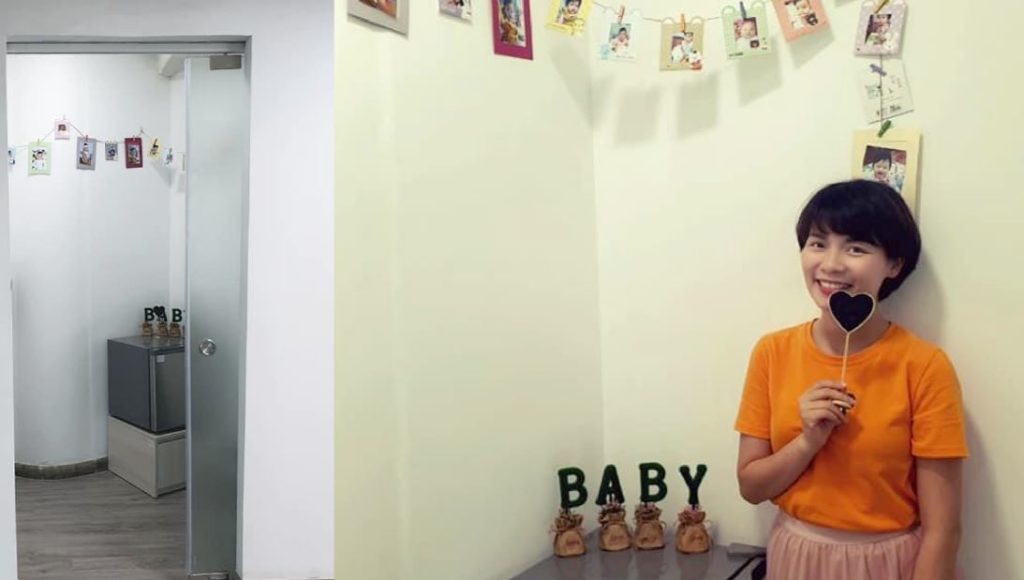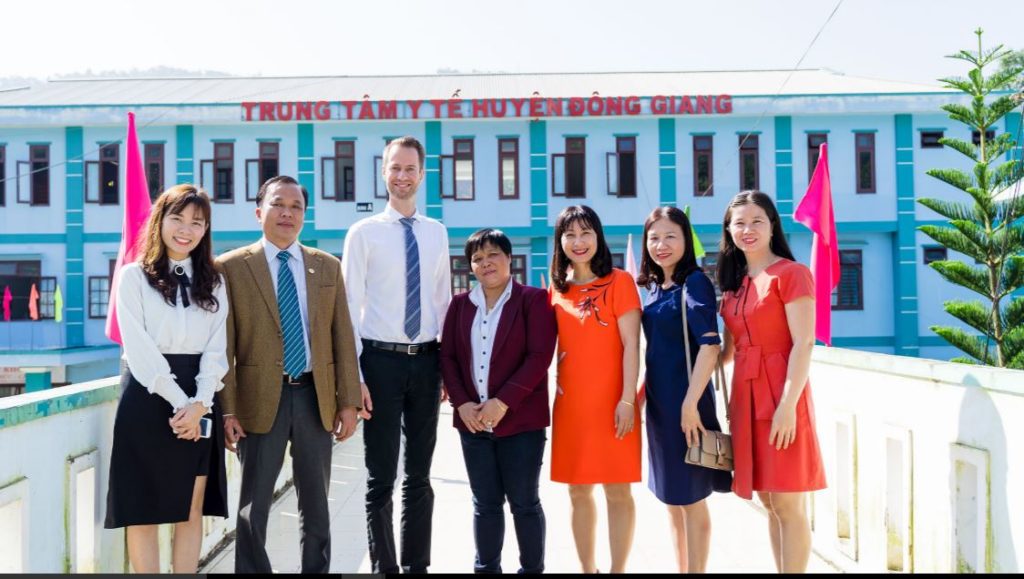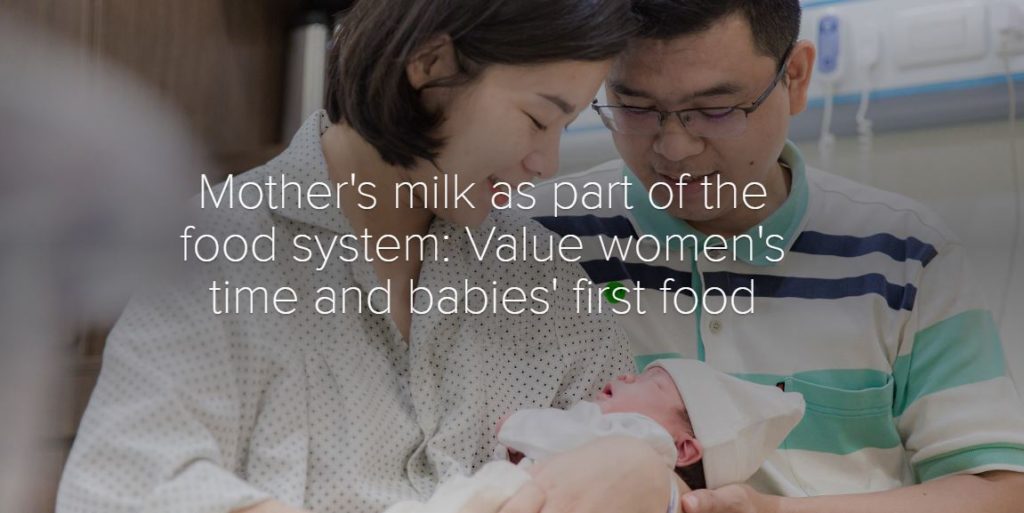I’m Linh – a breastfeeding mother. I am lucky to have a full house with two beautiful daughters in Hanoi, Viet Nam, both of whom were exclusively breastfed. I start each day happily breastfeeding my seven-month-old baby. Breast milk is the #firstfood, the perfect source of nutrition for babies in the first two years and beyond. By breastfeeding, I protect my babies against many common illnesses and reduce my own risk of cancer and diabetes.
Though breastfeeding is a natural process, many babies are not breastfed according to recommendations. Two out of three babies worldwide are not exclusively breastfed at six months. An estimated 78 million babies are not breastfed within the first hour of life, putting them at higher risk of death and disease and making them less likely to continue breastfeeding[1].
Breastfeeding is not a one-woman job. It takes a village to raise a child, and it takes a whole society to build a breastfeeding-friendly environment. Mothers need trusted information, timely counseling and adequate support from families, health facilities, workplaces, and policy makers to confidently breastfeed. Viet Nam has extended maternity leave to six months and allows women to take one paid hour per day to breastfeed or express milk, making it possible for working mothers to continue breastfeeding. Recently, in November 2021, the Vietnamese Ministry of Health also approved national guidelines on the establishment and operation of workplace lactation rooms.

My work at Alive & Thrive – a global initiative to save lives, prevent illness, and ensure healthy growth of mothers and children – helps increase babies’ access to their #firstfood. As a Regional Knowledge Management Officer, I promote approaches and models that effectively support breastfeeding, manage social behavior change campaigns, and disseminate evidence-based messages on maternal, infant and young child health to mothers and families through various media channels.

I also donated my expressed breastmilk to the Human Milk Bank at the Viet Nam National Children’s Hospital, where more than 1,000 babies being treated at the hospital are temporarily unable to breastfeed, including those born preterm, low-birthweight, or having mothers infected with COVID-19 who are too ill to breastfeed. My donated breast milk, once pasteurized, will be distributed to babies in need. I feel fulfilled, as sharing milk is sharing love with other babies and families.
Breastfeeding, as part of the food system, can be protected, supported, and promoted by simple actions by anyone, anywhere, and at any time. A husband can help his wife with the chores while she is breastfeeding their baby. A business owner can implement a workplace lactation support program that ensures paid maternity leave and break time for nursing mothers, access to comfortable lactation rooms, and a communication package that encourages breastfeeding at work. A health worker can incorporate nutrition and breastfeeding counseling into routine visits before and after childbirth. And policy makers can adopt, strengthen, and implement policies that support breastfeeding, including incorporating the 10 Steps to Successful Breastfeeding in hospital standards and evaluation systems. As a mother, I want to passionately share the benefits of breastfeeding with other parents.
Alive and Thrive South East Asia have already created an online ‘Cost of Not Breastfeeding’ tool to help determine the future economic losses of low- and middle-income countries due to not breastfeeding according to recommendations. To make the economic value of breastfeeding more visible to policymakers and society everywhere, Alive & Thrive and the Australian National University have partnered to advance development of the Lost Mothers Milk Tool – A solution to value and protect nature’s perfect food system. Click here to visit the tool.
Breastfeeding strengthens the bond between me and my little angel. I cherish every moment breastfeeding my baby.
Together, we step up for breastfeeding. Together, we ensure food security.

Check out Linh’s story in visual format here.
[1] World Health Organization, 2018

